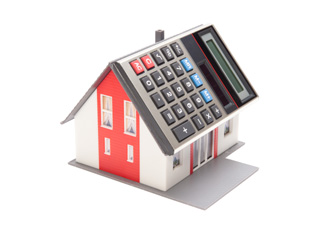With the upcoming changes to how EPCs are calculated, which could have an impact on PRS landlords and result in costly works to bring homes up to standard, the NRLA has responded raising a number of concerns over these proposals.
The Government’s plans are to get all private rented property to a minimum EPC rating of C by 2030 by changing the way Energy Performance Certificate ratings are calculated using more comprehensive home assessments and more frequent inspections, taking into account; carbon emissions, the fabric of the building, the heating systems used and the cost of bills.
When it comes to what is measured, it wants to replace the existing Standard Assessment Procedure (SAP) with the Home Energy Model (HEM) something it believes will give a more accurate rating.
The NRLA’s concerns are:
- The issue of thermal comfort - essentially how happy people are with the temperature of their home environment
- The concept of fair ranking - the proposed ‘heating systems’ metric will create a ranking system that places all low-carbon heating systems over all non-renewable heating systems. For example, an inefficient heat pump or electric heater being ranked above a cheap and efficient gas boiler, leading to higher costs for tenants in some cases.
- Smart readiness - They are arguing that properties, particularly older ones, should not be ‘marked down’ because they do not have reasonable access to low-carbon heating or other low-carbon tech such as EV charging points.
- Changes to validity periods - The Government is consulting on a range of options, from phasing in new rules – applying them to new EPCs only at first – to invalidating them all in one fell swoop. They want to know more about the favoured option, and how changes could be introduced in a way that would cause least disruption to landlords and their tenants.




















